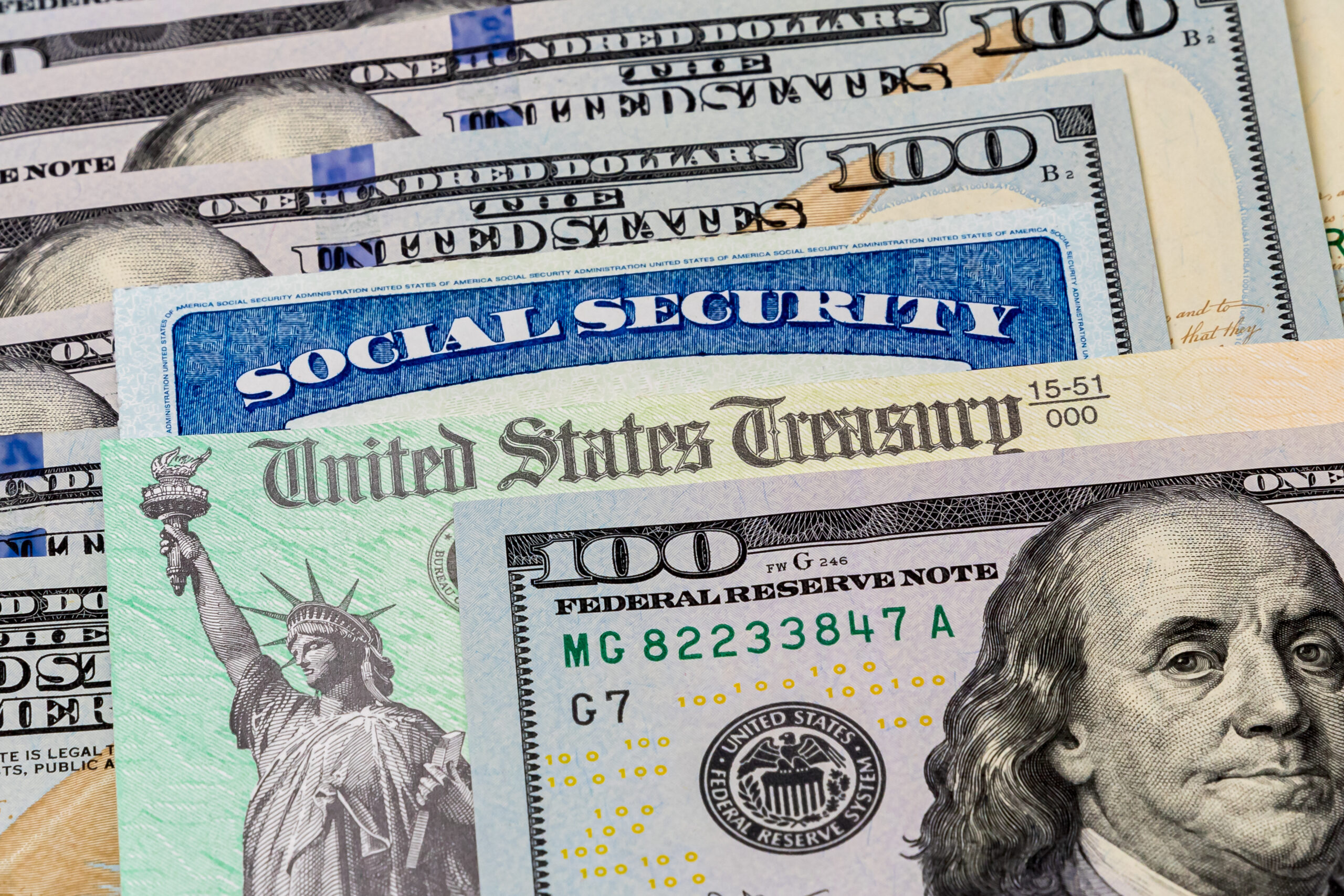It’s official — the 2025 Social Security COLA is 2.5%. But how good is that really?
It’s finally here.
With the September consumer price index (CPI) report now official, the Social Security Administration has announced the 2025 cost-of-living adjustment (COLA). Beneficiaries will be getting an increase of 2.5%.
The annual Social Security COLA is based on the third-quarter change in the CPI-W, or Consumer Price Index for Urban Wage Earners and Clerical Workers. In July, the index rose 2.9%. In August, it was up 2.4%, and in September, it rose 2.2%. The average of those three months — 2.5% — is the basis of the latest COLA.
For many retirees, this cost-of-living increase is disappointing as it’s the lowest they’ve received since 2021 when the COLA was just 1.3%, but you might be surprised by how it stacks up against history.
Image source: Getty Images.
Where does the 2025 COLA rank?
For the last 50 years, COLA increases have been determined by the CPI-W inflation rate. Previously, increases to benefits were decided by new legislation.
The chart below shows what COLAs have looked like in those 50 years.
| Year | COLA | Year | COLA | Year | COLA | Year | COLA | Year | COLA |
|---|---|---|---|---|---|---|---|---|---|
| 1976 | 8.0% | 1986 | 3.1% | 1996 | 2.6% | 2006 | 4.1% | 2016 | 0.0% |
| 1977 | 6.4% | 1987 | 1.3% | 1997 | 2.9% | 2007 | 3.3% | 2017 | 0.3% |
| 1978 | 5.9% | 1988 | 4.2% | 1998 | 2.1% | 2008 | 2.3% | 2018 | 2.0% |
| 1979 | 6.5% | 1989 | 4.0% | 1999 | 1.3% | 2009 | 5.8% | 2019 | 2.8% |
| 1980 | 9.9% | 1990 | 4.7% | 2000 | 2.5% | 2010 | 0.0% | 2020 | 1.6% |
| 1981 | 14.3% | 1991 | 5.4% | 2001 | 3.5% | 2011 | 0.0% | 2021 | 1.3% |
| 1982 | 11.2% | 1992 | 3.7% | 2002 | 2.6% | 2012 | 3.6% | 2022 | 5.9% |
| 1983 | 7.4% | 1993 | 3.0% | 2003 | 1.4% | 2013 | 1.7% | 2023 | 8.7% |
| 1984 | 3.5% | 1994 | 2.6% | 2004 | 2.1% | 2014 | 1.5% | 2024 | 3.2% |
| 1985 | 3.5% | 1995 | 2.8% | 2005 | 2.7% | 2015 | 1.7% | 2025 | 2.5% |
Data Source: Social Security Administration. Table by author.
As you can see above, COLAs have cooled off since the elevated inflation of the late 1970s and early 1980s, meaning the 2.5% increase for 2025 is more or less in line with historical norms, especially when compared with the low-inflation period during the 2010s. In fact, next year’s 2.5% bump is higher than the 2010’s average COLA of 1.4%, and is similar to the average since 1983 (after the soaring inflation of the preceding decade).
What it means for Social Security recipients
The high inflation and corresponding COLAs at the start of the pandemic were an anomaly. Prices rose in response to massive amounts of COVID-19-related stimulus spending as the government significantly expanded the money supply, which tends to lead to higher inflation.
A wide variety of factors can influence consumer prices, including wars, natural disasters, political crises, and unforeseen events like the pandemic.
However, most economists seem to think the Federal Reserve has won the battle against inflation, and it’s likely to stay down, even as the Fed begins to lower interest rates to prevent the economy from sinking into a recession and focuses on its goal of full employment.
For Social Security retirees, that presents something of a double-edged sword. While price inflation is likely to be significantly lower than it was in the first half of this decade, Social Security COLAs are also going to be more modest for the foreseeable future as well.

